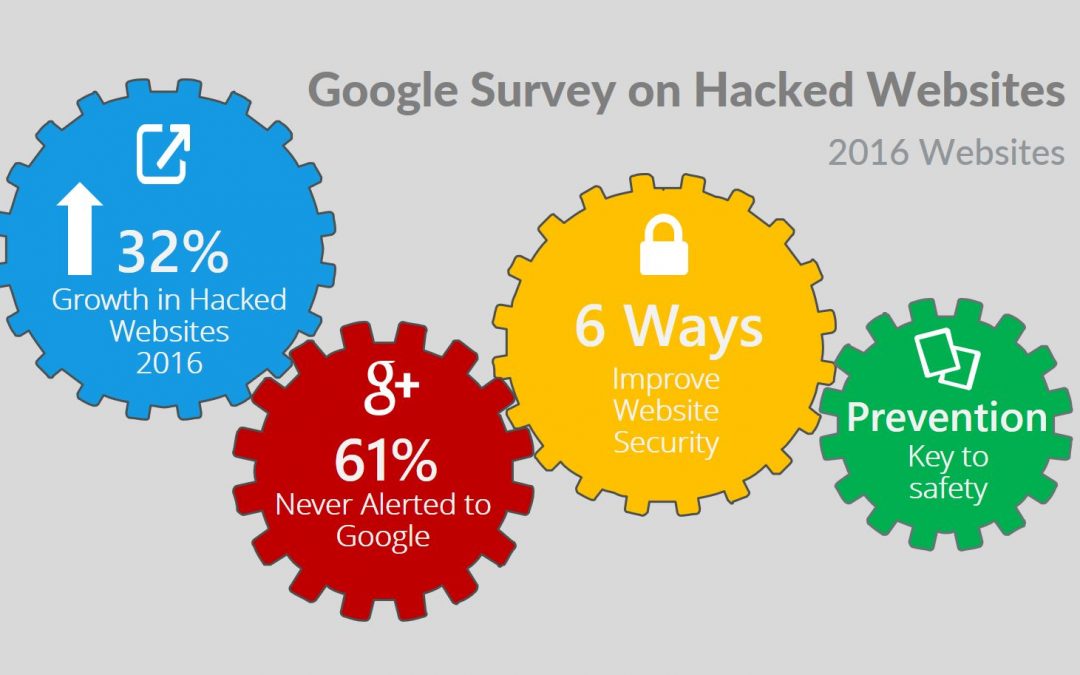
How PMs succeed in procurement
How project managers can succeed with procurement management
Check out these tips on how to successfully use procurement management in your projects. Also, two experts share their experiences on what simplifies the procurement process for their businesses
Procurement management is critical to successful project management—and yet, some project managers are unfamiliar with the practice, or perhaps are intimidated by what seems to be a daunting process. These are the procurement management basics you need to know.
What is procurement management?
More for CXOs
- Xerox CEO: Our journey from paper docs to printed electronics
- How to make your IT department more valuable: 4 stages of success
- How to make your telecommuting program a success
- Subscribe to TechRepublic’s Executive Briefing newsletter
Procurement management is the practice or process of acquiring products or services from an outside vendor for the purpose of initiating or maintaining business operations. Procurement involves, at the very least, the process of determining requirements, researching options, requesting information, quotes, and proposals from vendors, as well as the final selection, approvals, the processing of vendor orders and payment and all subsequent activities until project close.
Procurement is common in the world of project management, where there are formal processes that have been established and identified in the Project Management Body of Knowledge (PMBOK). Procurement management is an area of increasing focus as more companies are outsourcing due to benefits that include cost savings, decreased administrative burden, increased efficiencies, and improved access to outside expertise.
According to IDC’s worldwide procurement forecast from June 2016, the market for procurement software is expected to reach $5.6 billion by 2020. In fact, IDC analysts note that “procurement is the second largest contributor of eight application markets within the ERM [Enterprise Risk Management] market.”
SEE: Understand the PM’s role in procurement management (TechRepublic)
Four phases of the procurement process
- Plan for procurements:Put together a procurement management plan that identifies all of the necessary requirements and details.
- Execute the plan: Send vendors requests for information (RFI), requests for quotes (RFQs), and requests for proposals (RFPs), among other things. During this phase, evaluate all of the vendor information in relation to the procurement management plan and requirements, as well as the overall project goals. Following the evaluation, select a vendor’s products or services.
- RFIs: This is the first set of requests from vendors and is an initial step to explore project requirements, procurement needs, and vendor offerings. This a broad, yet simple, request and format.
- RFQs:After specific project/procurement requirements are clearly identified and documented, RFQs are sent out to vendors to determine which ones can meet the requirements, as well as request specific pricing, which is a significant part.
- RFPs: Companies will often send vendors an RFP and include information on specific issues they are trying to resolve, or project goals. The vendors will use this information to sell the company on their product or service in relation to those needs. This is a much more comprehensive document and leaves vendors a significant amount of flexibility to customise their response and solutions. RFPs are widely used.
- Control and monitor procurements: The control procurements process should be initiated to manage the vendor relationship, monitor and evaluate all aspects of the vendor offerings, and make changes as required.
- Close out the procurement: Once the vendor products or services are fully accepted, the project procurements can be officially closed.
Tips on achieving successful procurement management
Each organization develops their own unique internal policies and procedures when it comes to projects and procurement; however, these procurement management tips can apply to all businesses.
- Develop a clear understanding of all goals and unique challenges
- Focus on vendors’ capabilities and on how their solutions will help to achieve goals and address obstacles
- Resist the temptation to weigh final decisions solely based on cost
- Make sure solutions are not just short-term (unless that’s the primary goal)—sustainability and future support are also factors to consider
Procurement experts share what works for their businesses
Greg Tennyson, Chief Procurement Officer of a global vision care company, says:
“Setting a specific process for how sourcing requests are managed is key for our company’s procurement success. By using a centralised sourcing platform that works for our team, suppliers and the business allows us to engage opportunities earlier. The result is we collaboratively compare options and proactively manage work streams that drive greater value creation back to the company.”
Rendi Miller, Director of Travel & Procurement at Splunk, a leading platform for operational intelligence, says:
“At a hyper-growth company like Splunk, our tactic for sourcing success is being one step ahead of business needs. We use a cloud-based e-sourcing provider to help us deliver essential resources to the business faster, and at a lower cost. The platform automates our process so that we can manage more spending, giving us more bandwidth for strategic projects, and keeps us ahead of the game at all times.”
By Moira Alexander from TechRepublic
Having spent a majority of my career working with and supporting the Corporate CIO Function, I now seek to provide a forum whereby CIOs or IT Directors can learn from the experience of others to address burning Change or Transformation challenges.





Recent Comments